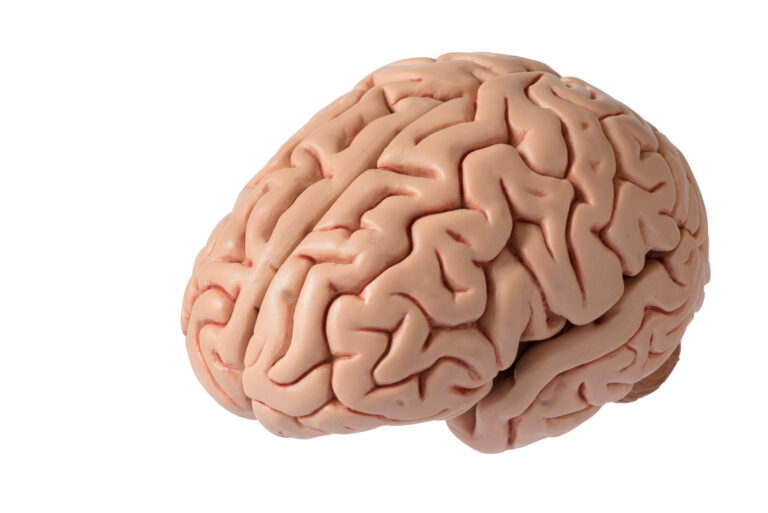The human brain is a complex and intricate organ that has been a mystery to scientists and researchers for centuries. Despite numerous advancements in neuroscience, there are still many aspects of the brain that remain elusive and require further investigation. One such area of study is the compensatory networks of the brain, which have recently seen a breakthrough in understanding. This breakthrough has the potential to revolutionize our understanding of brain function and open new doors for treating neurological disorders.
Compensatory networks in the brain refer to the ability of certain regions to step in and perform a function when another area of the brain is damaged or dysfunctional. This phenomenon has long been observed in patients with brain injuries, where they are able to adapt and perform tasks despite having damage in specific regions of the brain. However, the exact mechanisms behind these compensatory networks have remained a mystery until recently.
In a groundbreaking study published in the journal Nature Neuroscience, researchers from the University of California, Berkeley, have shed light on how compensatory networks form in the brain. The team used brain imaging technologies to track the neural activity of individuals with spinal cord injuries. They found that over time, the brains of these individuals developed new pathways and connections to compensate for the loss of function in their spinal cords.
This discovery has significant implications for understanding brain plasticity, which refers to the brain’s ability to reorganize and adapt in response to changing environments or injuries. It was previously believed that the brain’s plasticity was limited to a certain period during development. However, this research suggests that the brain’s plasticity can continue well into adulthood, providing hope for individuals with brain injuries or disorders.
Another crucial aspect of this breakthrough is its potential impact on treating neurological disorders. Many neurological disorders, such as Parkinson’s disease or Alzheimer’s disease, are characterized by the loss or dysfunction of specific regions in the brain. If researchers can understand how compensatory networks form in response to these disruptions, it could lead to new treatment strategies that target these networks and restore function to affected areas.
Furthermore, this breakthrough has implications for the development of brain-computer interfaces (BCIs). BCIs are devices that allow individuals with paralysis or other disabilities to control computers or prosthetic devices using their brain activity. The success of these devices relies on the brain’s ability to form new connections and adapt to changes. With a better understanding of compensatory networks, researchers can potentially improve the effectiveness of BCIs and expand their applications.
While this breakthrough has opened up new possibilities for understanding brain function and treating disorders, there is still much left to be explored. The study focused on individuals with spinal cord injuries, but it is yet to be seen how these findings apply to other types of brain injuries or disorders. Additionally, further research is needed to understand the exact mechanisms behind the formation of compensatory networks and how they differ from other forms of plasticity in the brain.
In conclusion, the recent breakthrough in understanding compensatory networks in the brain is a significant step forward in our understanding of brain function. It has provided insight into the brain’s remarkable ability to adapt and compensate for damage or dysfunction. This breakthrough has the potential to not only improve our understanding of the brain but also lead to new treatments for neurological disorders and advancements in brain-computer interface technology. While there is still much to be discovered, this breakthrough has opened up a new avenue for research and has the potential to revolutionize our understanding of the human brain.





